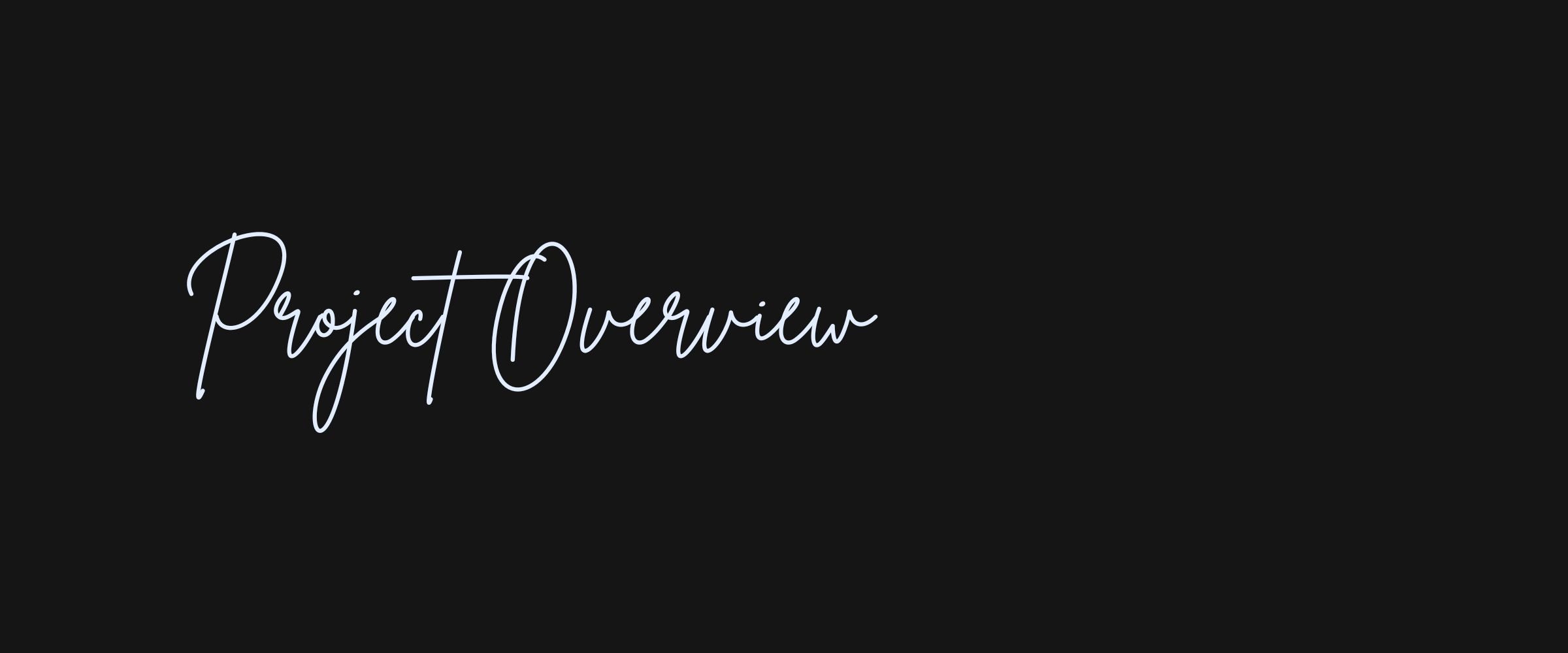
Project Title: The Generational Spectrum: Navigating Workplace Diversity
Problem: With multiple generations working side by side, teams often struggle with mismatched expectations around feedback, responsiveness, tone, and participation. These differences rarely surface as open conflict, but they consistently lead to confusion, disengagement, and missed connection. Without a shared framework or language to address these dynamics, teams continue to function—but not optimally.
Organizational Context: This course was developed for a large Central Texas nonprofit behavioral health agency operating within strict state and federal training requirements. While existing compliance-based, asynchronous trainings met regulatory needs, they left little room for reflection on day-to-day team dynamics. The organization needed a solution that fit seamlessly into its existing learning platform while addressing the human side of work—specifically, how generational perspectives influence communication and collaboration.
Solution
I developed a blended learning experience anchored by an asynchronous eLearning course built in Rise 360 with custom Storyline interactions, intentionally designed to align with the organization’s existing training infrastructure while offering a more human, reflective learning experience.
The course frames generational diversity through practical, workplace-relevant scenarios, allowing learners to explore how differences in lived experience influence communication styles, expectations around feedback and responsiveness, and comfort with hierarchy and collaboration. Interactive elements—including character-driven scenarios, decision points, and guided reflection prompts—encourage learners to pause, recognize familiar patterns, and reconsider assumptions they may not have previously named.
The course avoids generational stereotypes or prescriptive labels. Instead, it emphasizes curiosity, shared language, and individual choice—positioning generational awareness as a tool for collaboration rather than categorization.
To extend learning beyond the individual experience, I designed supporting structures to promote sustained team-level application:
A flexible menu of facilitator-ready discussion activities for supervisors and team leads, designed for use in existing meetings with minimal preparation
A voluntary reverse mentorship model that pairs employees across generations, creating space for mutual learning and perspective-sharing in a low-pressure, practical format
Together, these components support both individual awareness and collective alignment, giving organizations actionable tools to reduce friction, strengthen communication norms, and turn generational diversity into an operational strength rather than a hidden source of tension.
Below, you’ll find a carousel of images that illustrates how the course brings generational diversity to life through story-driven scenarios, interactive character insights, and reflection tools. You can also experience the eLearning course by selecting “Open Course” at the bottom of the page.
Curious how it works? Click here to navigate the asynchronous portion of the Generational Diversity course.










